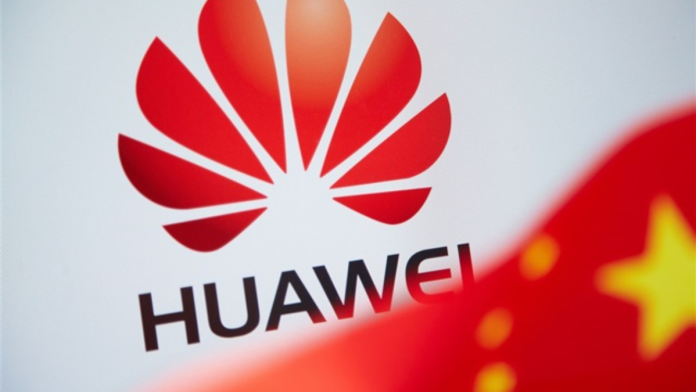China has taken a firm step against TechInsights, a Canadian semiconductor research firm, after the company published a report revealing details about Huawei Technologies’ latest AI chips. The action came from China’s Commerce Ministry, which cited national security concerns as the reason for blacklisting the firm.
Being designated an “unreliable entity” means Chinese companies, organizations, and researchers are prohibited from sharing any information with TechInsights. This move significantly limits the ability of foreign firms and analysts to gain insight into China’s semiconductor industry. TechInsights is well-known globally for providing in-depth coverage of Chinese-made chips, including breakthroughs by Huawei and other domestic technology companies.
The announcement came just days after TechInsights reported that Huawei’s new Ascend AI chips included components sourced from outside mainland China. This revelation is sensitive because Huawei plays a central role in China’s efforts to build a self-sufficient semiconductor and AI technology ecosystem.
Huawei crackdown deepens as US closes sanctions loophole fueling China tech fears
TechInsights Report Highlights Foreign Components
TechInsights’ analysis showed that Huawei’s AI chips are not entirely produced within China. Instead, they rely on components sourced from foreign suppliers, including Samsung Electronics and Taiwan Semiconductor Manufacturing Company (TSMC).
Both Samsung and TSMC are under U.S. export controls, which prevent them from selling certain advanced technologies directly to Chinese customers. Huawei has also been on a U.S. trade blacklist since 2019, restricting its access to critical global technologies. Despite these restrictions, Huawei continues to rely on foreign components, as confirmed by TechInsights’ latest findings.
Other research firms, such as SemiAnalysis, have reported similar results. They found that Huawei depends on technology from memory chip makers and contract manufacturers outside China. These findings highlight the challenges China faces in creating a fully self-reliant semiconductor industry, even as government policies encourage domestic production and innovation.
Last year, TechInsights had reported that a Huawei product included a TSMC chip component, raising questions about the effectiveness of U.S. export restrictions. The firm’s latest findings suggest that Huawei continues to use foreign components strategically, despite ongoing efforts to develop alternatives to U.S. technology.
Effects on Transparency in China’s Chip Industry
China’s decision to blacklist TechInsights also reflects a desire to control information about its chip industry. TechInsights has long been a key source of insight into Huawei’s chipmaking efforts and other advancements in Chinese technology. By restricting data sharing, China is making its semiconductor industry more opaque to foreign observers, increasing the difficulty of independently tracking progress in this critical sector.
Huawei collaborates closely with domestic chipmakers like SMIC, a leading Chinese foundry and competitor of TSMC. However, little information about such collaborations is publicly available, especially after Huawei’s inclusion on the U.S. trade blacklist. The latest TechInsights report, consistent with other third-party analyses, demonstrates that foreign components remain part of Huawei’s supply chain, despite domestic efforts to develop alternatives.
Analysts note that Chinese chip companies sometimes draw on stockpiles of imported components or exploit loopholes in U.S. export restrictions to continue operations. By blacklisting TechInsights, China is sending a clear message that it intends to protect sensitive technological information and maintain tight control over strategically important companies like Huawei.
While Huawei continues to invest in domestic alternatives and reduce dependence on foreign suppliers, TechInsights’ report shows that foreign technology remains embedded in China’s semiconductor industry. These findings highlight both the progress China has made and the challenges that remain in achieving full self-sufficiency in chip production.


